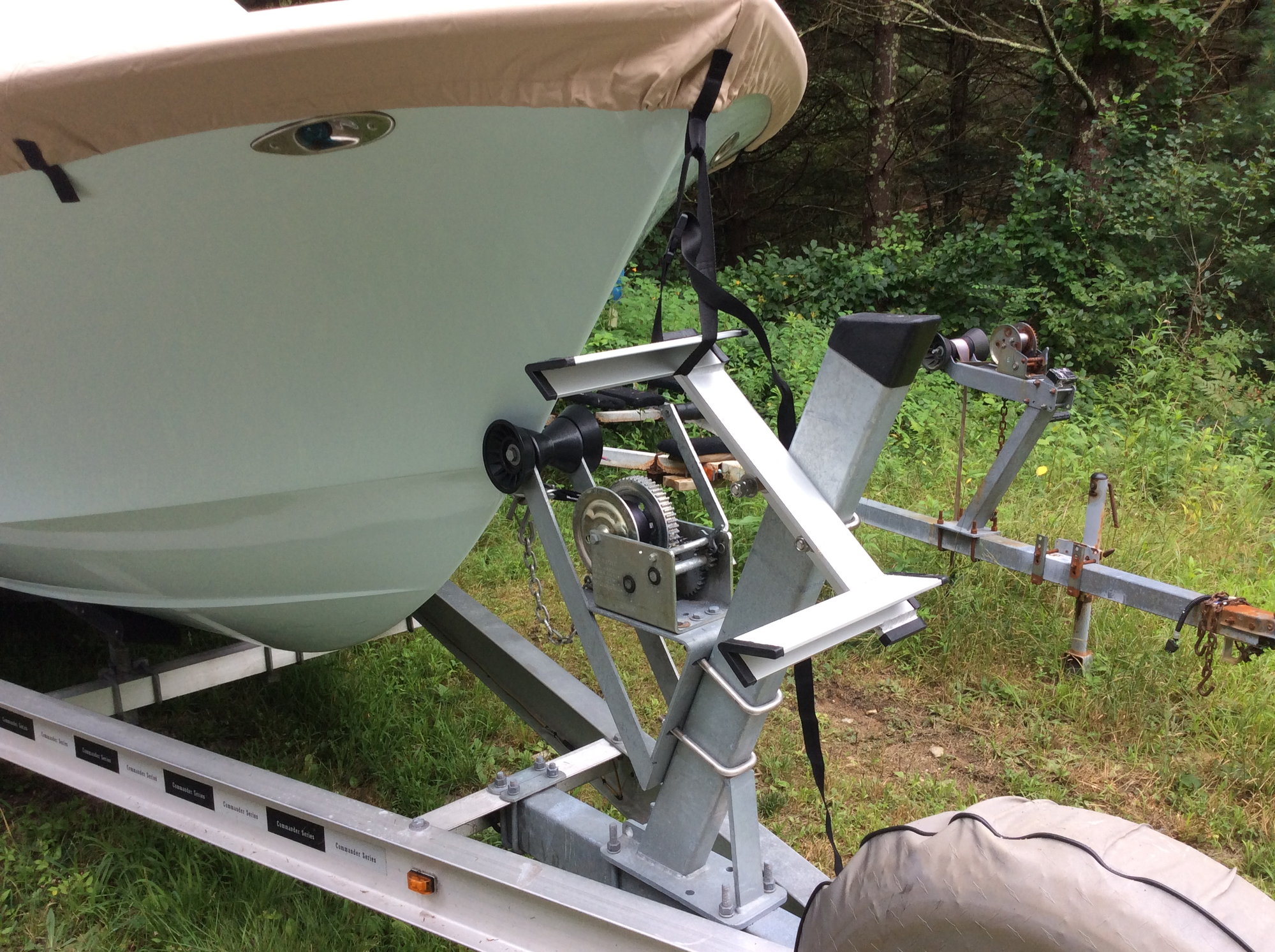

Once the boat is centered and well supported, attach the bow winch strap or cable to the bow eye and winch it up until the bow reaches the winch post at the roller at the front end of the trailer, and then attach the emergency backup chain. To be in position, nest your trailered boat neatly so that the bunks and/or rollers support it evenly, to protect the bottom from the stress of bouncing down the road. (Some trailers offer guides to make this process easier.) But beware of power loading–it’s better to allow your boat to float lightly onto the trailer than it is to use lots of throttle and potentially scratch or otherwise damage your boat or erode the ramp. Once the trailer is in position, drive or float the boat so it’s centered on the trailer. Once your car is in position, put the emergency brake on, and place chocks behind the wheels to keep the vehicle secure.īefore you load the boat, BoatUS recommends off-loading any passengers at the dock-they can help direct the driver and guide the boat via the bow line. The trailer should be submerged, with the bunks and/or the rollers wet so that the boat can float up onto the trailer, he adds. The tow vehicle’s wheels should almost reach the water’s edge, according to Ted Sensenbrenner, the BoatUS Foundation’s assistant director of boating safety programs. Loading your boat onto a trailer starts with backing the trailer into the water.

Following a few precautions can help you safely load your watercraft.
LOADING A WOOD RUNABOUT ONTO BUNK TRAILER HOW TO
There’s a reason that a search for “boat ramp fail” turns up thousands of videos: The ramp can be a tricky area.īut knowing how to properly perform boat retrieval is crucial for the care of your boat as well as the convenience of other drivers.


 0 kommentar(er)
0 kommentar(er)
